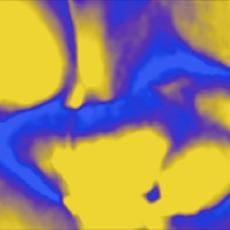Thus Arriving At The Possibility Of Computation. The invention of the computer is traced to what came to be called the Turing Machine after the author of the 1936 paper “On Computable Numbers, With an Application to the Entscheidungsproblem” in which it was proposed. The tragic life of the Alan Turing is here figured as an embodiment of his invention.
At 18, Turing’s loss of Christopher created a painful absence that he never successfully mourned. In the cruising practices of an England still governed by the same sodomy laws that condemned Wilde to prison, Turing sought solace and elicit pleasure. Eventually, in 1950, his contact with one boy led to charges of sodomy, a sentence of chemical castration, the loss of access to the computer he built with his own hands, and a downward emotional spiral that lead to his suicide.
The narrative of Turing’s life makes of his flesh and ours a computational body which precedes and follows the computer’s entry into our consciousness and our lives. At the level of sexuality, emotion, and intellect a certain hollowness suggests a use: the serial filling and voiding of an emptiness which amounts to work – as both the mechanism and the vocation of programmatic exertion.
We collaborate across temporal spans by inhabiting positions we imagine other's to have once claimed. Our bodies become spaces for the habits of others. This is how we work. This is how we love. This is how the machine goes and how it breaks. This is how we break.


